Visiting the Ancient Wonders of Turkey and the Modern Dubai
- August 22, 2018
- Posted by: admin
- Category: Articles by Practitioners,
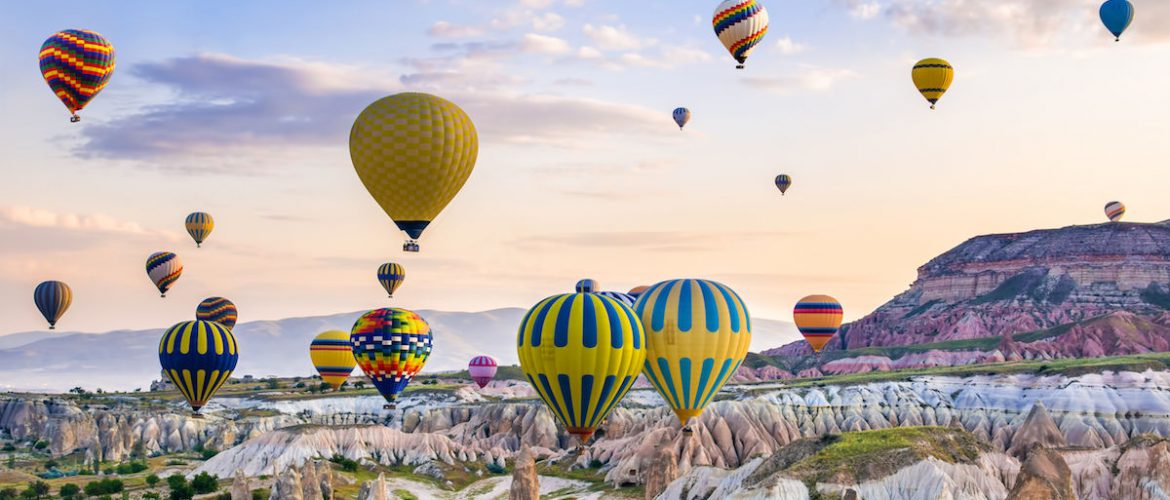
By Grace Komathy
Like YOGA, travelling is NEVER quite complete for me. IT is a LIFETIME practice. Every travel has its unique experience and I had a wonderful one in Turkey. I was not only mesmerised by the beauty of Turkey, but also learnt to be present in the moment. I learnt to accommodate, adapt and most importantly, be kind to my fellow travellers.
Turkey is a transcontinental country bordered by eight countries. It is encircled by seas on three sides with the Aegean Sea to the west, the Black Sea to the north and the Mediterranean Sea to the south. Turkey has 17 UNESCO World Heritage Sites and we were fortunate to visit the archaeological site of Troy, Hierapolis-Pamukkale, the Rock Sites of Cappadocia and many more spectacular places.
Blue Mosque and Hagia Sophia
Our very first destination was the Sultan Ahmed Mosque, known as the Blue Mosque because of its bluish interior work. It was the most important mosque in Istanbul, standing next to the Byzantine Hippodrome in the old city centre. Mosques traditionally had one, two or four minarets, but the Blue Mosque uniquely boasted six. It was rumoured that this was a misunderstanding as the Sultan had instructed his architect to make gold (altin) minarets, which his architect understood as six (alti) instead. This mistake turned out to be a beautiful one. The lesson is that not all mistakes in life are wrong when are able to find blessings in them.
Hagia Sophia was a great architectural beauty and an important monument both for Byzantine and Ottoman empires. Once a church, later a mosque, and now a museum at the Turkish Republic, Hagia Sophia had always been valuable. This church was rebuilt three times on the same place. Hagia Sophia meant Holy Wisdom. It was surreal to be standing in Hagia Sophia, a world heritage site listed under UNESCO.
The ancient city of Troy and the Asklepion in Pergamon
Next, we visited an ancient city. Due to its strategic location between the European and Asian continents, connecting the Aegean and the Black Sea trade routes, Troia had become an important commercial centre and a settlement. In ancient times, when the city was destroyed, it was rebuilt on the same place several times. Generally, rebuilding is done at a different place, but Troia was rebuilt at the same place nine times, which gave us a chance to see its nine different layers. The layers represented a rich variety of great civilisations dating between 3000BC to 1200AD. From the mythological Greek to Byzantine times, from Agamemnon and beautiful Helen to the Roman emperor and Hieros, the nine layers were proof of man’s determination and strength.
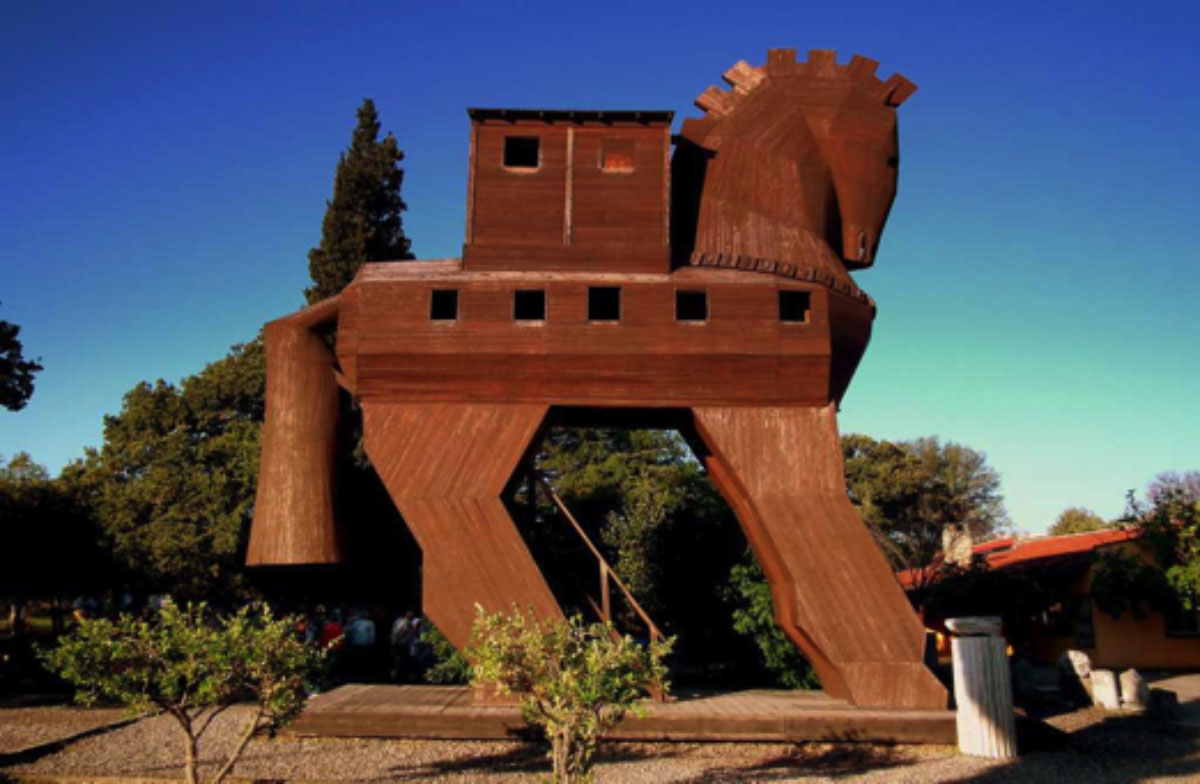
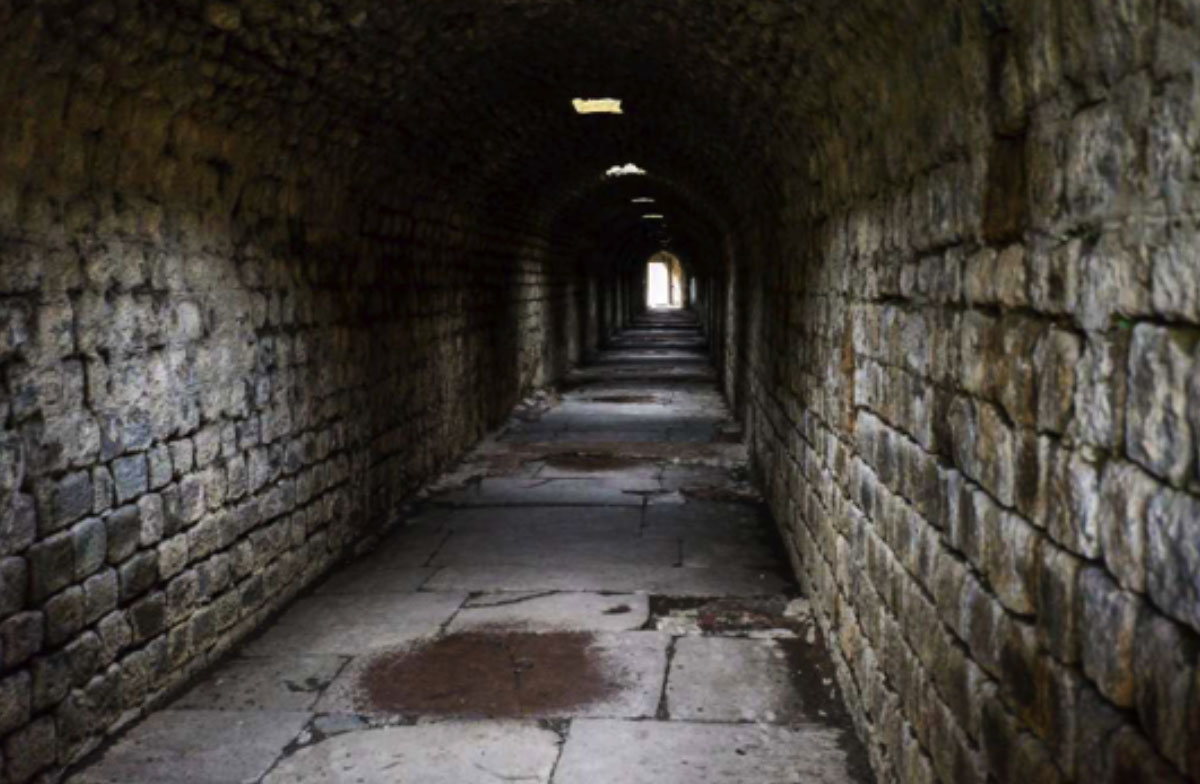
Asklepion was an important health treatment and healing centre equivalent to Epidaurus and Kos medical sanatoriums in ancient Greece and Rome. It was an extraordinary thing in those days and indeed, it was an amazing experience being there. Basically, patients walked through a dark, big healing tunnel where sick people were invited to hear the holy sound of the healing God “Asclepios”. The Roman Via Tecta, a colonnaded sacred way, led from the entrance to the sanctuary where you would see the base of a column carved with snakes, the symbol of Asclepios, the god of medicine. Just as a snake shed its skin and gained new life, the patients at Asklepion were supposed to shed their illness.
The holy sound (from the healing Gods) controlled the turbulence of the mind. As Sage Patanjali said: “When the agitations of the mind are under control, the mind becomes like a transparent crystal and has the power of becoming whatever form is presented.” Thus healing took place.
Cappadocia
Cappadocia lies in central Anatolia, in the heartland of what is now Turkey. The relief consists of a high plateau over 1000m in altitude that is pierced by volcanic peaks. A massive underground city that plunged 113m deep was found in Cappadocia. The extensive networks of passages, tunnels, stepped pits and inclined corridors linked family rooms and communal spaces where people met, worked and worshipped. The cities were complete with wells, chimneys for air circulation, niches for oil lamps, stores, water tanks, stables and areas where the dead could be placed until conditions on the surface would allow a proper disposal. When danger loomed, Cappadocians retreated underground, blocked the access tunnels with round stone doors and sealed themselves in with livestock and supplies until the threat was gone. Like the Cappadocians, I learnt to remain calm when faced with difficulties, and I learnt to introspect. Sometimes we need to retreat and go to that space within to get the answers we need.
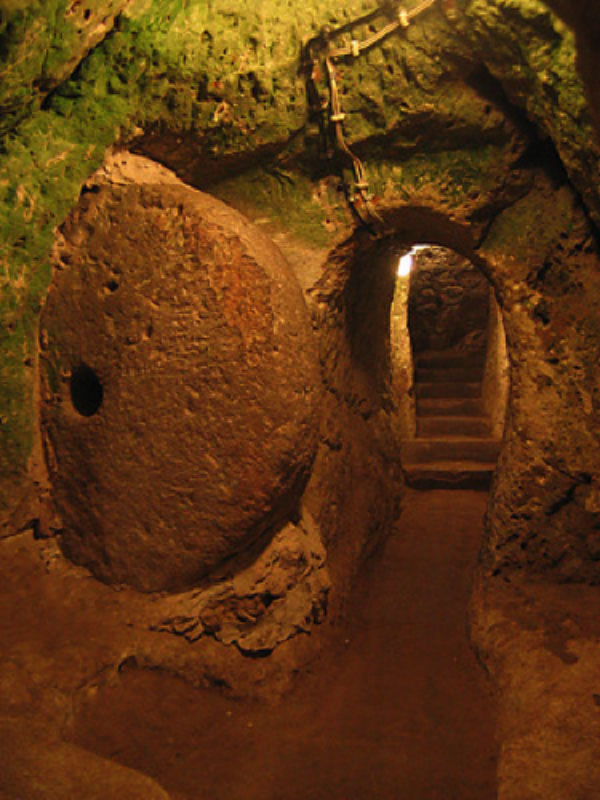
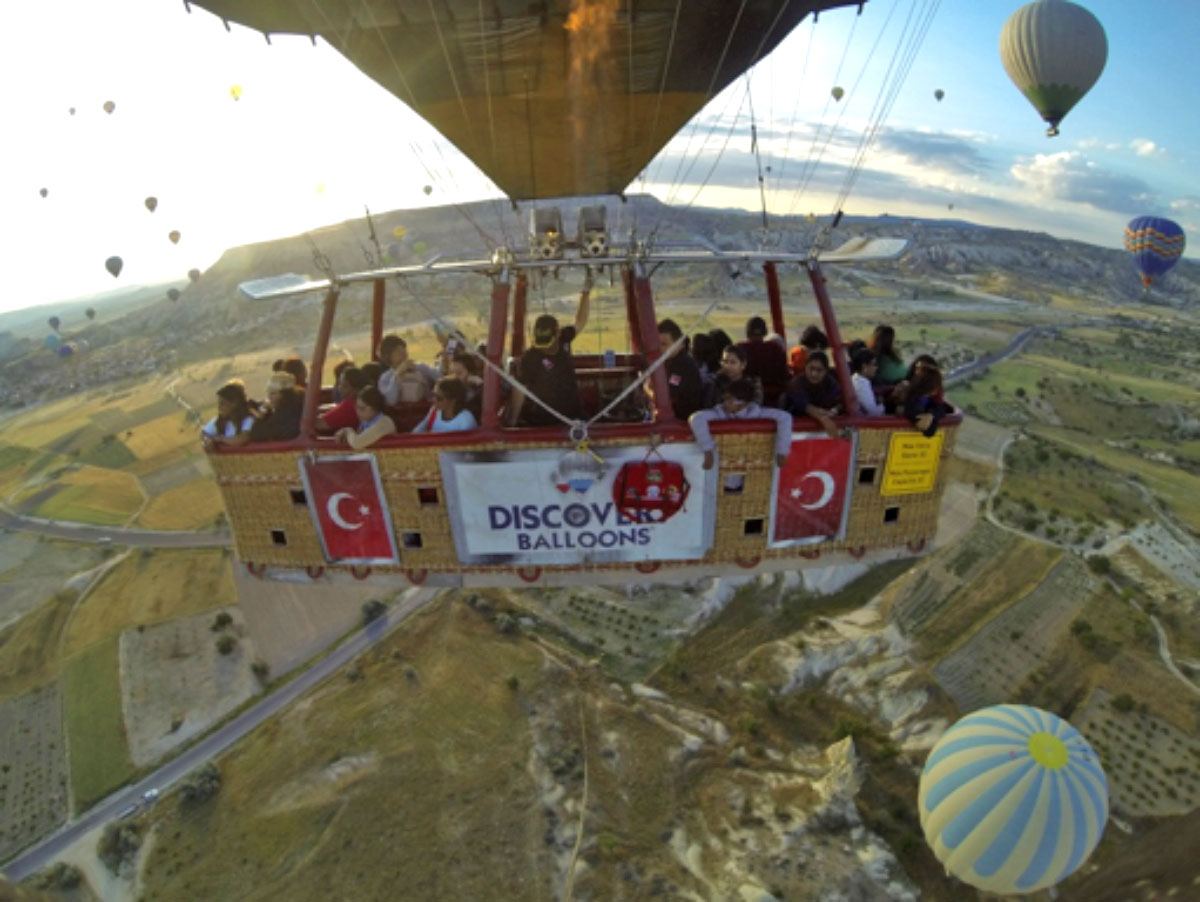
Another astonishing experience was the hot air balloon ride that took us across spectacular surrealistic landscapes combined with excellent flying conditions that allowed the balloons to gently drift between fairy chimneys, pigeon houses hewn into the unique rock formations, orchards and vineyards; and through impressive valleys, each with distinctive rock formations, colours and features. They then floated up over rippled ravines for breathtaking views of the region. The hot air balloon ride was a humbling experience and made me feel like a tiny speck of dust among the ancient wonders of the world.
Amasya
We also visited Amasya, a tale of two shores. Its setting evoked high drama, but life here unfolded as slowly as the train that took apples out of town via a mountain tunnel. According to local folklore, the tunnels were dug by Ferhat, a tragic star-crossed young man who was in love with Sirin, the sister of a sultan. The statues depicted the moment Ferhat threw his stone axe in the air when he heard that Şirin was dead. The axe tragically dropped on his head and he died there. Şirin, who heard the bad news, went to his side and threw herself down the rocks because she wasn’t prepared to live with the pain. The lovers were buried there side by side. The Amasya Municipal had their statues and the “Museum of Lovers” built on the mountain where they died. This tale is a reminder to be calm and level-headed when dealing with losses.
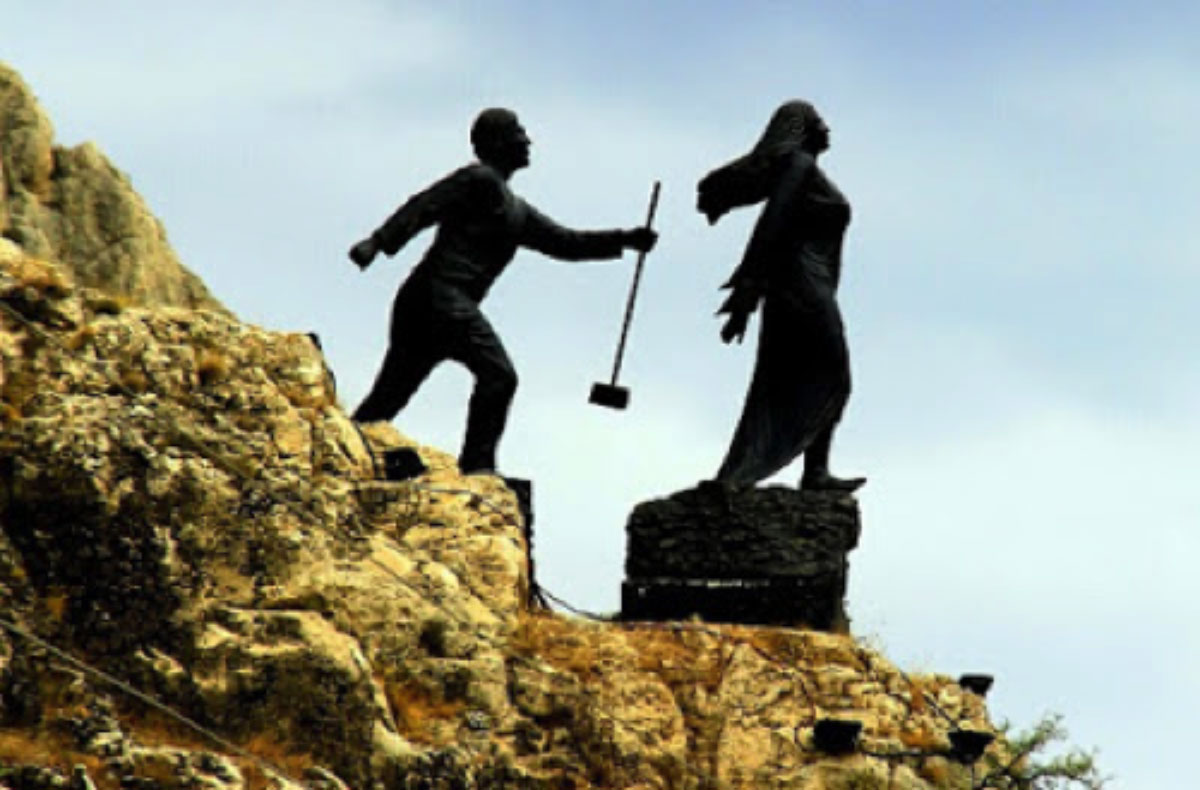
Dubai
Our last destination was Dubai. After checking into our hotel late at night, we decided to try local food, and to our delight we found food that we were accustomed to. I learnt to be grateful and enjoyed the local cuisines at all the places we visited. The next day, we toured the modern Dubai, stopped at Burj Khalifah, the Atlantis Resort and the man-made Palm Island. It was impressive how Dubai had transformed from a fishing village to spectacular skylines with audacious architecture and contemporary art scenes. Once the manic burst of buildings stopped and the whirlwinds slowed down, the secrets of Dubai came seeping out. This was a city built from nothing, in just a few wild decades.
All good things must come to an end. Our trip ended in Dubai. Nothing teaches you to appreciate the magic of everyday life like being in a new place. The tours and sights were enriching and enlightening. As I walked through these beautiful places, I learnt more about myself. I learnt to stay humble and also learnt from others with patience.
